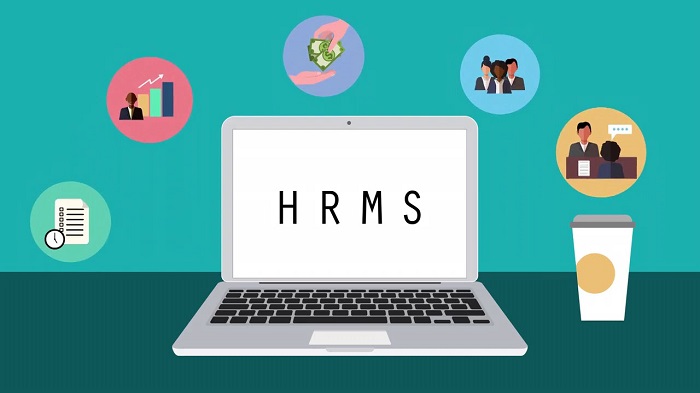What Is The Definition Of Resource Management?:
Resource management practices include planning, scheduling, assigning money and people to projects or programs, and assigning them. Resource management is the ability to ensure that the right resources are available at a given time and for the right job.
It is essential to can use your resources to achieve your goals, whether you are completing a job, a project, or helping to determine what is needed to accomplish it. Resources include finances, staff, time, equipment, technology, and physical space. Resource management is about ensuring that the best mix of resources is used to meet the organization’s needs while also considering the possibility of these resources being in high demand elsewhere in the organization.
The Global Human Resource Management Software Market will grow at an astonishing rate of around 9% annually through 2025.
Technological advances are driving the market, including the introduction of predictive analytics in the HR process by employee time tracking software developed by HRApp and the increasing use of cloud computing by SMEs to manage their field and office employees better.
Businesses are investing in cutting-edge technology to keep their market competitive and creating new services.
The Overarching Goal Of The Study:
The Global Human Resource Management Software Market was analyzed based on components, deployment methods, enterprise size, vertical, company, and geographical distribution.
It is important to understand the market drivers and the obstacles in global software markets for human resource management software.
Analyze competitive developments in the Global Human Resource Management Software Market. It includes expansions, new product launches, mergers, acquisitions, and other similar activities.
Analyze the profiles and identities of the key players in the Global Human Resource Management Software Market and analyze their operations.

What Are The Fundamentals Of Resource Management?:
Organizations must manage their resources effectively by remote employee monitoring to allocate resources efficiently to the right initiatives. These initiatives should be aligned to corporate strategy and offer the highest value. If they can reduce waste and duplication, processes are automated and streamlined, performance is maximized and speeded up, and the enterprise is better equipped to respond quickly to customer needs and adapt to changing circumstances. For project and program delivery, better resource management is needed.
What Does Resource Management Mean?:
Transparency in resource management is crucial to ensure that you can monitor, control, and deliver the resources required for projects on schedule and within budget. You can plan, schedule, and manage your resources more efficiently by having complete visibility into work and resources. That will allow you to ensure that the right resources are being assigned to the right projects at the right time.
Resource management ensures that resource managers have real-time access to information about people and other resources to manage delivery better.
You can also reduce risk by identifying potential resource conflicts early, which allows for faster mitigation. In managing, it is often done by prioritizing projects and resources.
These are exactly the benefits that an enterprise seeks in a fast-changing, high-demand world. The Project Management Office (PMO) and resource managers can provide these benefits if they have the right tools and processes.
Benefits Of Resource Management :
Many organizations believe that achieving success in resource management is a distant goal. It is common to believe that resource management requires significant financial investment and significant cultural and process changes.
Organizations that focus on improving their resource management capabilities see immediate benefits after implementing their strategy. This approach can lead to projects being completed faster and on budget, regardless of the organization.
Once you have all the information necessary to plan and schedule, it is possible to assign people based on their abilities and availability. Managers’ ability to set realistic expectations with customers depends on their understanding of their workload, priorities, deadlines, and budgets.
The most important advantage of resource management is the efficient and successful delivery of projects to the client. Customer satisfaction is increased when project teams can complete projects on time and according to the specifications. Organizations can differentiate themselves by building momentum around their ability to execute projects. Continue reading.
Summary:
If you don’t have the tools and visibility to track and direct resources, leaders will fail to complete projects and deliver competitive advantages. That can lead to a loss in profit and benefits. You can ensure that resources are always allocated to strategic projects that provide value for your organization and customers by providing transparency and visibility.

